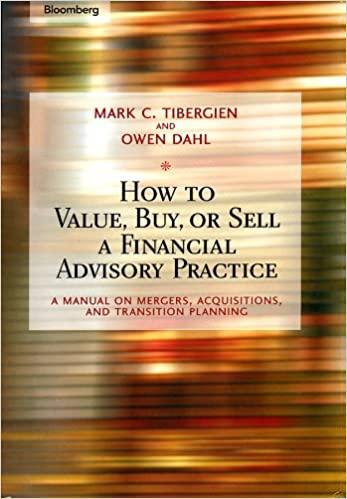Question
Suppose the correlation betweens pairs of stocks is given by: corr(A,B) = .85, corr(A,C) = .60, corr(A, D = .45). Suppose the expected return to
Suppose the correlation betweens pairs of stocks is given by: corr(A,B) = .85, corr(A,C) = .60, corr(A, D = .45). Suppose the expected return to A is 10% and its standard deviation is 30%, and every other stock (B,C and D) has an expected return of 8% and a standard deviation of 20%.
(A) If your entire portfolio comprises only stock A and you can now add some of only one stock to your portfolio, would you choose to add B, C, or D? Explain.
(B) If the stock you have chosen in part (A) is the only other stock in the universe other than A, and the risk-free rate is 2%, what is the optimal risky portfolio?
(C) Suppose the optimal allocation to stock A and the stock you selected in part (A) is 50% in each (this is almost surely NOT the correct answer to (B), but just suppose it is the case). What is the optimal allocation between this optimal risky portfolio and the risk-free asset?
Step by Step Solution
There are 3 Steps involved in it
Step: 1

Get Instant Access to Expert-Tailored Solutions
See step-by-step solutions with expert insights and AI powered tools for academic success
Step: 2

Step: 3

Ace Your Homework with AI
Get the answers you need in no time with our AI-driven, step-by-step assistance
Get Started


